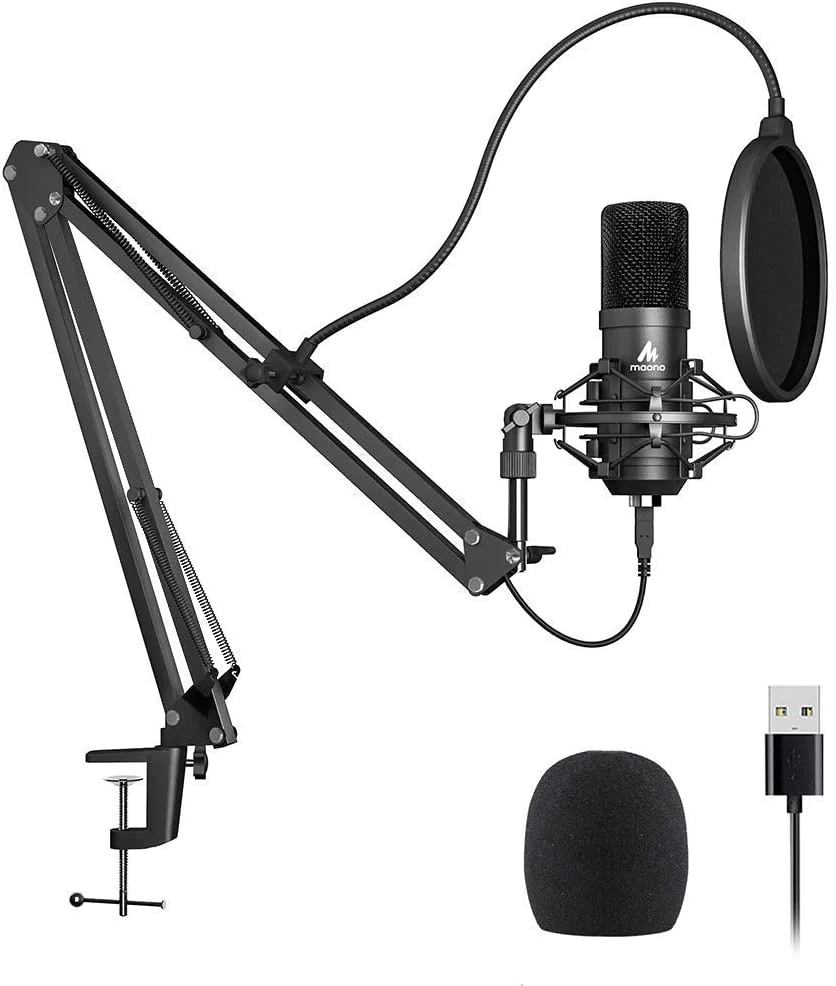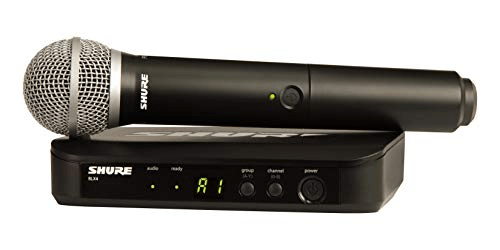Do you also want to take your singing to the next level? If yes, then we will assist you by introducing you to the term reverb in singing, which is short for reverberation. It is a basic component of music, particularly in vocal performance.
We can call it a sound effect that is created when sound waves reflect off objects in space. Then, they combined to produce a complicated pattern of echoes.
By employing reverb in your singing, you can enhance the overall performance and sound quality that your audience will definitely love. So, without wasting time, let’s dive deep into the concept of reverb in singing!
Reverb: Knowing the Basics
Before diving deep into the concept of reverb, let’s know its basics, like what exactly is reverb in singing? So, the reverb is the continuation of the sound in a specific area after the initial sound is created. To put it simply, the sound waves from the singer’s voice reverberate off the walls, ceiling, and floor while they perform in a room.
Now, the combination of these reflections and the original audio produces ambiance, depth, and vastness.
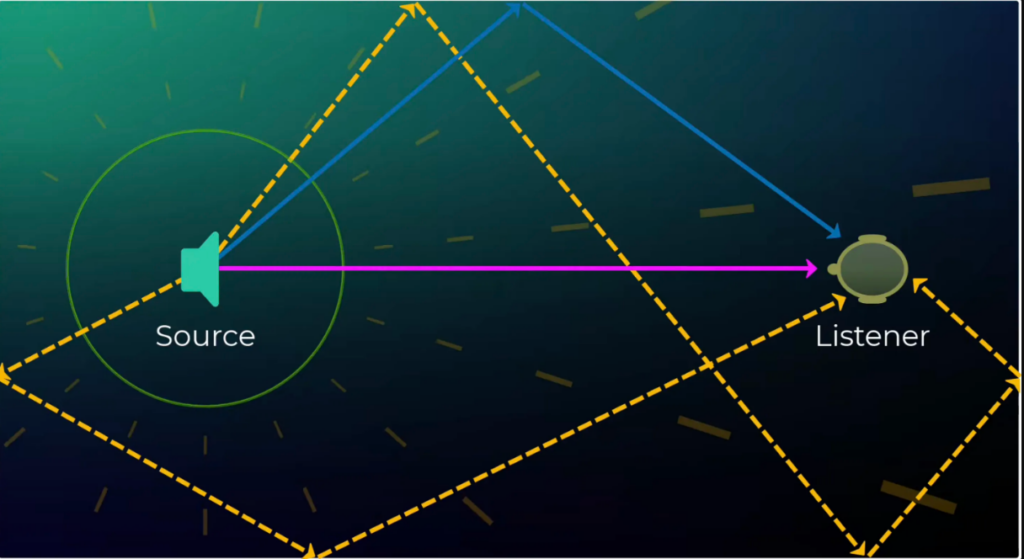
Reverbs can be categorized into two primary types:
Natural Reverb
This happens in physical spaces like performance halls or rooms with different types of reflected surfaces. The features of the reverb are determined by the size, shape, and sonic qualities of the room.
Artificial Reverb
To create this effect, electronic instruments such as reverberation units or plugins are used in recording studios. It may be adjusted to provide the desired sound and is intended to surpass the impact of natural reverb.
So, these were the two primary types of reverbs in singing, which form the foundation of all other types. Now, let’s move to the next section, in which we will discuss the importance of reverb in singing.
Why is The Reverb Effect Important in Singing?
Did you know that reverb can enhance the emotional impact of a singer’s performance? Yes, this is true. Adding reverb can have several positive points:
- Reverb can add a sense of space around a speech, making it seem richer and more real. This can add interest and engagement to a vocal performance.
- The correct amount of reverb can provide warmth and depth to the tone while also masking vocal flaws. You can combine several vocal files into one recording using the reverb effect.
- A song’s ambiance and mood can be influenced by reverb.
- Reverb can cover up background noise or flaws in the recording setting, giving the vocals a more polished and clear sound.
So, these were positive points of the reverb effect, which can eventually help music artists gain new followers and fans.
Types of Reverb Effects: Altering The Ambience of a Track
Singers and producers in the music industry can utilize the various reverb effects to keep their track on the next level. So, the types of reverb effects are given below:
Room Reverb
The acoustics of actual rooms with a range of sizes and forms are replicated by room reverb. This kind can provide a feel of warmth or modest space similar to the sound of a vast living room or a little bathroom. It is subtler and natural. Room reverbs create a sense of space around vocals or instruments.

Hall Reverb
Large concert hall and auditorium sounds are replicated with hall reverb. Its wide, open-toned, and prolonged decay make it perfect for symphonic compositions or any kind of music that requires a sense of grandeur.
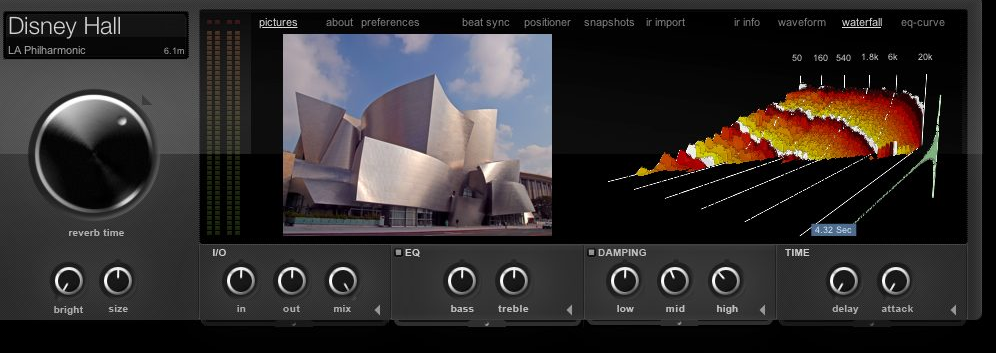
Plate Reverb
It is a kind of mechanical reverb type in which a big, thin sheet of metal called a “plate” is suspended within a frame to create plate reverb. Vibration is produced on the plate by sending sound to it via a transducer. The reverb effect is produced by microphones that are fixed to the plate and catch up to the vibrations.

Spring Reverb
It is also a kind of spring reverb that produces a reverb effect by utilizing a set of springs. The spring system vibrates when a sound signal is applied to the springs. The reverb effect is produced by the sound of the springs bouncing. Known for their unique “boingy” sound, spring reverbs are often found in vintage effect units and guitar amplifiers.
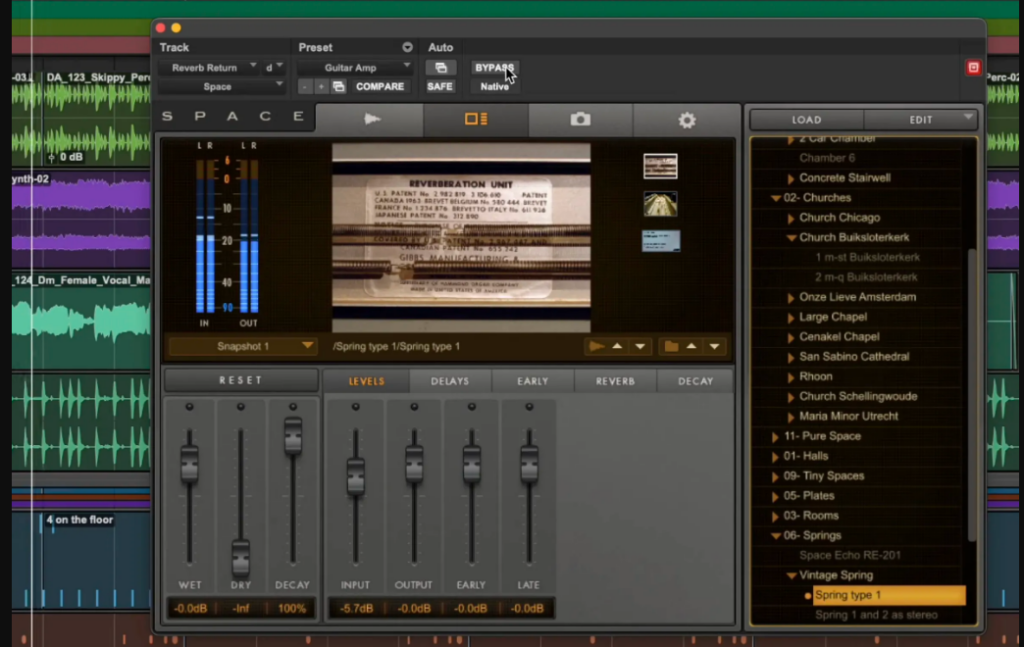
The Best Tips to Reverberate Effectively in Singing
To reverberate effectively in singing, there are certain things that you need to consider. It may include the song’s style, mood, and the vocal characteristics of the singer. There are some tips that you can use to reverberate effectively in singing:
- You can determine which reverb kind best suits the song by experimenting with different types. To adjust the effect further, play around with variables like decay time, pre-delay, and wet/dry mix.
- Avoid using too much reverb to drown out the vocals. Reverb should be used to enhance the vocals without overpowering them.
- Adapt the reverb style to the song’s genre. To put it simply, a longer, more dramatic reverb might work well for a rock ballad, but a more personal, room-like reverb might be needed for a jazz standard.
- Record with just the right amount of natural reverb. At times, a well-selected recording location can occasionally offer a pleasing natural ambiance.
So, these are some of the tips that you should try to make your track more impressive to the audience.
The Bottom Line
Through this blog post, we have concluded that reverb can turn an ordinary music track into an extraordinary one. It is not just an effect; it is an important element that can add life to your singing and enthrall your listeners. It all depends on how you add reverb to your music. Use the tricks provided in this blog post to add a touch of perfection to your track!
Understanding reverb can greatly enhance your vocal performance, but capturing clear vocals in any acoustic environment is also crucial. A reliable wireless lavalier microphone ensures your singing remains crisp and unaffected by unwanted room echo, helping you fully highlight your natural vocal talent.
FAQs
Q1: Can reverb affect the singer’s performance?
Yes, definitely! Reverb can affect the singer’s performance by adding more depth and richness to the vocal tone. Excessive reverberation, on the other hand, can distort the vocals.
Q2: Is reverb necessary for singing recordings?
Although it is not always necessary, if you want to improve the sound and personality of a vocal recording, then you can try.
Q3: Can reverb be added during live performances?
Yes, a singer can use digital or analog effect processors to add reverb to their microphone during a live performance.
Q4: How can I adjust the reverb level so that my singing sounds its best?
You can try out various reverb settings when mixing or recording. Once you find a balance that accentuates the vocals without overpowering them, start with a small amount and increase it gradually.

































.png)



